As I am a certified tourist guide with a great passion for Botanic, I would like to offer some easy and useful written and photographic resources for those who want to know more about the flora in Sardinia. I focused on the blooms of the north east side of the island, that is the area around Palau, just in front of the Archipelago of La Maddalena.
Anyone who has had a walk in Palau this Spring can confirm you that nature here has been very generous and healthy. Unfortunately, this year only a few people could enjoy the first part of this beautiful season due to the covid-19 restrictions that have confined many persons to their home.
Luckily, we live very near the sea and the countryside so we were allowed to have some short walks, within 200 meters from home and we had the chance to take some photos and videos of the local blossoming vegetation. Here in Sardinia Spring started earlier this year, in late February, while at the moment, we are in May, most of the flowers are currently ending their blooming and pollination phase.
Even if I took pictures only of the plants we could meet within 200 metres from our house they are so many that we can’t post them all. For this reason I decided to select some of the most common species that are very easy to recognize and some lesser known plant but equally beautiful.
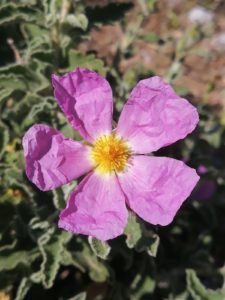
Cisto: It is a very common bush in Sardinia, it spreads very quickly and forms beautiful flowers, that show a white or pink color as well as yellow. In the area around Palau, there are at least four different species, the Cistus monspeliensis and the Cistus salvifolius, with small white flowers and the Cistus creticum and the Cistus albidus, with larger pink flowers. This is a very important plant for the Sardinian ecosystem since the Cisto is one of the first bushes to reborn after a fire. It provided shade and protection to other species letting them grow and recreating the green coat..
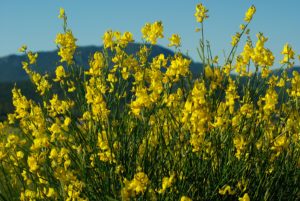
Ginestra: Ginestra is the common name used for many species of plants belonging to the family of Fabacee. Here, we refer to the Spartium junceum, a big bush with long spineless branches, with an abundant blooming with yellow sweet smelling flowers. In Sardinia, the Ginestra is easy to find along the borders of roads and edges.
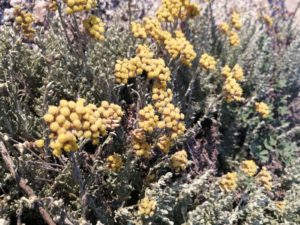
Elicriso: That of Elicrysum italicum is probably the most predominant scent you can smell during the hot season in Sardinia. Although it doesn’t show eye-catching flowers, you can easily recognize it thanks to its scent, it is in fact one of the most aromatic plant of the local vegetation. In addition Elicrysum italicum is a very useful and healthy plant, thanks to its several healing properties it is often used as a component in lotions and ointments for skin diseases treatment and aromatherapy.
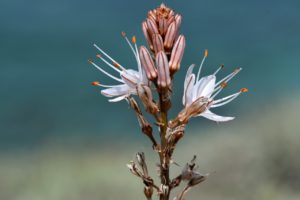 Asfodelo: The Asfodelo is one of the earliest plant to bloom in Spring. The plant shows a 1 to 1,5 meters long stem with a bunch of leaves at the base. In Sardinia, its leaves were used by old woman and men to weave baskets and other useful containers, until a few decades ago.
Asfodelo: The Asfodelo is one of the earliest plant to bloom in Spring. The plant shows a 1 to 1,5 meters long stem with a bunch of leaves at the base. In Sardinia, its leaves were used by old woman and men to weave baskets and other useful containers, until a few decades ago.
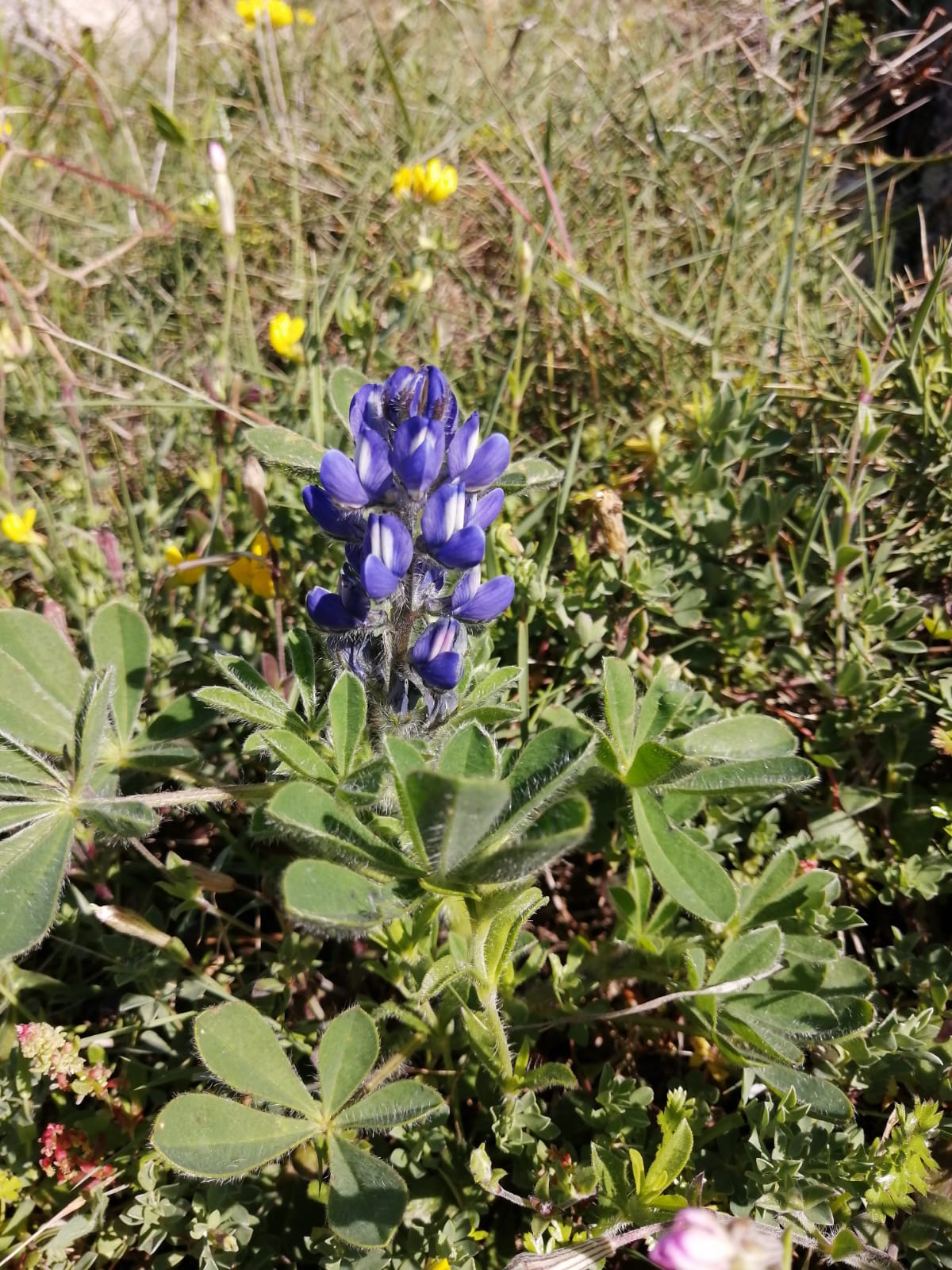
Lupino longifolius: it is small plant belonging to the Fabacee family that shows beautiful blue flowers. It is common to mee it between the months of April and May. It is not edible, as there were some experiences of human and animal intoxication. Nevertheless, its noble cousin, the Lupino albus, is coltivated in some countries as a substitute for soya.
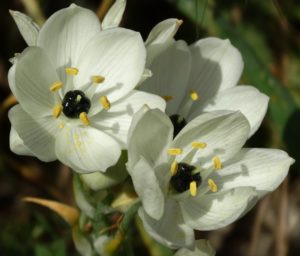
Melanopis arabica: Even if this plant is not very common to meet, it’s hard to forget once you see and smell it. Its name is derived from Greek “melas” = ”dark” or “black” and “omphalos” = belly bottom”, due to its black spot at the center of the white flower.
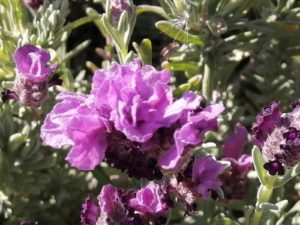
Lavanda: This precious plant shows vivid violet and smelling flowers. Lavender is often used for its numerous medicinal properties: anti-inflammatory, detergent, anti-itching, cicatrizant. However, not everyone knows that its petals are edible, although their taste is not very nice. Lavender’s petals serve infact manly as a banner for the pollinating insects as the real flowers are hidden a little below them.



